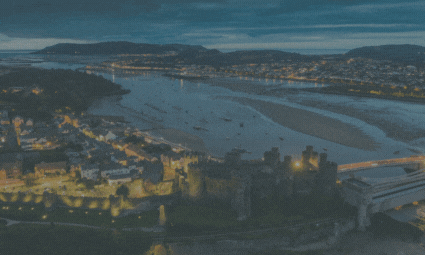
Exciting plans to bring an historic Swansea observatory back to life have taken a major step forward.
A planetarium visitor attraction is being proposed for the equatorial observatory in Penllergaer Valley Woods, which dates back to the mid-19th century.
The Penllergaer Trust – which manages the site – has now successfully applied to Swansea Council for project funding through the UK Government’s UK Shared Prosperity Fund.
Helping with expert-led preparatory work to further inform the project’s detail, the funding will be used to cover the costs of a specialist design team.
Working in partnership on the project with Dark Sky Wales, the Trust is also continuing to explore sources of funding that would help deliver the project in future.
Plans would see a dome introduced at the Grade II listed observatory’s tower to enable stargazing and a planetarium-style educational experience.
Cllr Robert Francis-Davies, Swansea Council’s Cabinet Member for Investment, Regeneration and Tourism, said:
“As part of our Shared Prosperity Fund allocation from the UK Government, we made sure funding was set aside for applications to bring historic structures in Swansea back into use.
“This is important – not just because it’ll help preserve and celebrate Swansea’s rich heritage, but also because it will lead to commercially viable projects that benefit residents and visitors to the city.
“The equatorial observatory in Penllergare Valley Woods has a fascinating astronomical history and backstory, so we’re delighted to be able to provide funding that will help move these exciting plans considerably further forward.
“The funding builds on all the excellent work being done by the Penllergare Trust to restore, maintain and improve Penllergare Valley Woods.”
Lee Turner, Penllergare Trust general manager, said:
“This exciting project will put together plans to further restore this much-loved historic building with designs for giving it a future as a planetarium that will inspire generations for years to come.”
Pioneering botanist and photographer John Dillwyn Llewellyn built the observatory in 1851 as a 16th birthday gift for his daughter Thereza because of her interest in astronomy.
In 1855, the duo took one of the earliest photos of the moon from the observatory.
In 1874,Thereza also corresponded with Charles Darwin in the pages of scientific journal Nature about her observations of birds biting flowers to eat nectar.







